How Allegheny fell short during first-year orientation
The 2022-23 Allegheny school year kicked off for the freshmen class on Wednesday, Aug. 24, with the newly-designed Gator Week of Welcome. The first of its kind in the post-COVID-19 era, WOW used a variety of “academic and social programming” to welcome students back to campus. Although the week was mentally and physically exhausting, there’s no doubt that it was a positive experience overall; the campus tours successfully familiarized us with the campus, the informational sessions we attended directed us to Allegheny’s plentiful resources, and, perhaps most importantly, WOW gave first-years the time and space to get to know their peers and build relationships — the evidence of which is our own friendship. However, there was definitely room for improvement. Two events in particular — “Building an Inclusive Community” and “Speak About It” — caught our attention because they were excellent ideas in theory, but were executed egregiously.
The intention of “Building an Inclusive Community” was to introduce students to “identities that help shape who (they) are” and to “provide an opportunity to discuss identities with … peers in a comfortable environment.” The design was simple: a staff member read aloud questions over the speaker system and students walked to corners labeled “Yes,” “No” or “Unsure” based on their answers. The questions included, but were not limited to: “Are you a first-gen student?” “Are you from a rural or urban area?” “Do you feel uncomfortable when your race is the center of conversation?” and ”Do you feel you are privileged?”
Unfortunately, the way in which “Building an Inclusive Community” was set up did nothing to actually challenge students’ beliefs and combat prejudice, but only led to further polarization. After students were asked a question and congregated in the corners corresponding to their answers, Orientation Leaders (employed upperclassmen) dispersed to facilitate follow-up conversations — or at least, that was the hope. Because there was approximately only one Orientation Leader for every fifteen students, it proved impossible for them to involve every student in conversation. Consequently, the many students who weren’t involved in the facilitated conversations talked with other students around them.
These were echo chambers: places where people are surrounded only by like-minded views and become entrenched in what they already believe. This grew increasingly problematic throughout the latter half of the activity, culminating with the question, “Do you feel that you are privileged?” In response, an alarming number of students migrated to the “No” zone and began forming friendships based on their shared beliefs, with no intervention from Orientation Leaders. There were students of varying races and gender identities proclaiming that they experienced no privilege, but all of them failed to recognize the ways in which they do experience privilege — for example, being able-bodied, being heterosexual or being financially able to attend college. The validation that these students gave each other caused them to become more confident that they indeed don’t experience any type of privilege, even though the majority of them do in some manner. Is that the sort of community Allegheny wants to nurture? We think not.
We believe that the goal of “Building an Inclusive Community” was good; it’s undoubtedly beneficial to have conversations about diversity and inclusion, especially because students come to Allegheny from all over the country and world. Not all first-years know how to think about their identity in a critical manner, and it’s good to broaden the scope of students’ worldviews. The intention was in the right place, and it had the potential to be one of the most impactful hours of the week.
“Building an Inclusive Community” could have been designed much better. We think that after each question is read aloud and students have moved to their corresponding corners, the follow-up conversation should be facilitated from the stage by trained faculty members using the microphone. This way, all students would be able to listen and learn from educators who are actually trained in diversity and inclusion. The main downside of this design is that students won’t have the opportunity to be personally engaged in conversation with a trained faculty educator, but perhaps a simple follow-up Google Form where students submit questions in real-time would solve this issue. Above all, we firmly believe that the burden of education should not be placed on only slightly older students who have minimal training in diversity and inclusion.
“Speak About It,” the awareness presentation that occurred the next day, had its own problems along the same vein. According to the program’s website, its goal is to use theatre and dialogue “to empower students to give and get consent, build healthy relationships, and make change in their communities.” It took the form of a pre-recorded video that included anonymous readings from young people, performed scenarios revolving around consent, and occasional spoken commentary providing context. While the show had a tendency to lean humorous, we still found it to be a valuable teaching style. By embracing the collective awkwardness, the program was able to get right to the heart of the issue. So while the program itself could have been considered uncomfortable or untraditional, it did, at the very least, have a clear understanding of right versus wrong, and knew how to communicate those differences when necessary.
What did not work as effectively was the following conversation, or lack thereof. As we mentioned with the “Building an Inclusive Community” exercise, our main concern is the lack of guidance when it comes to these heavier conversation topics. In following up with peers, we found that some shared a genuine conversation about boundaries and consent, while others were left to gather their own conclusions with no follow-up discussion. What could have served as an opportunity to critically think about consent, assault and bystander intervention turned into a widely varying and ultimately ineffective post-video discussion.
Once again, a conversation facilitated by trained faculty educators would have been much more effective and appreciated than the free-for-all discussion that followed. The video presentation should not have been left to stand alone. To present valuable information on all of these heavy and relevant topics only to follow that presentation with thoughtless conversation was a serious disappointment given the potential the program had.
So many elements of the Week of Welcome went well; students were introduced to the campus and Meadville areas, made friends and connections, and became familiar with Allegheny’s expectations and conduct. We would only like to be reasonable and constructive in saying that some elements of the week were better in theory than in execution. “Building an Inclusive Community” and “Speak About It” were the two standout low points of the week; not in their concept whatsoever, but in their execution. As first-years, Allegheny has proven itself thus far to be an inclusive community and one that we would like to be active members of. We only hope that those who arrive on campus with less-than-accurate ideas of what is or is not privilege, consent or assault are educated on, rather than empowered by, the wrong ideas.
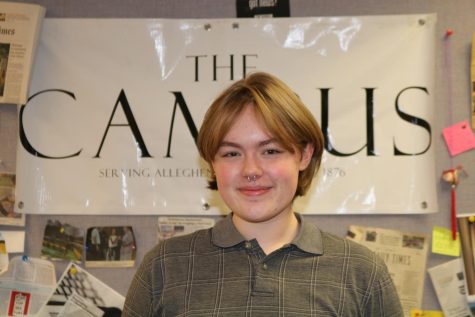
Sam Heilmann is a sophomore from Johnstown, PA. She is double-majoring in Communications and Environmental Science and Sustainability. This is her second...
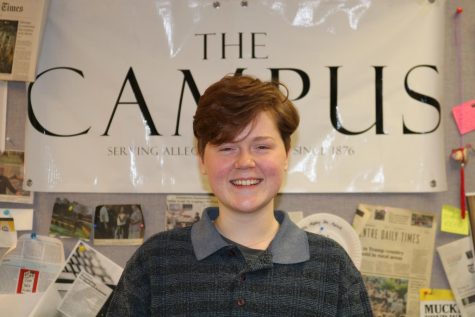
Anna Westbrook is a sophomore from Washington, D.C. They are majoring in Environmental Science and Sustainability with a double minor in Political Science...



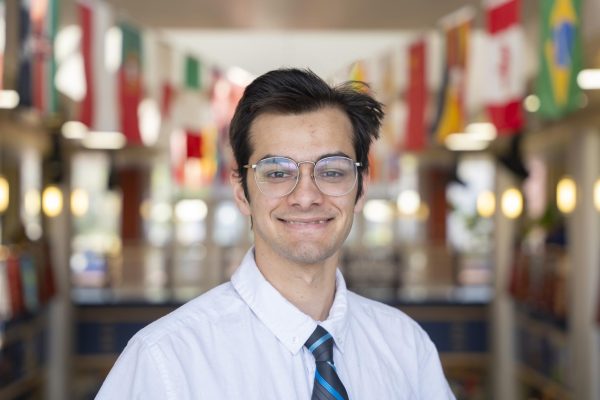
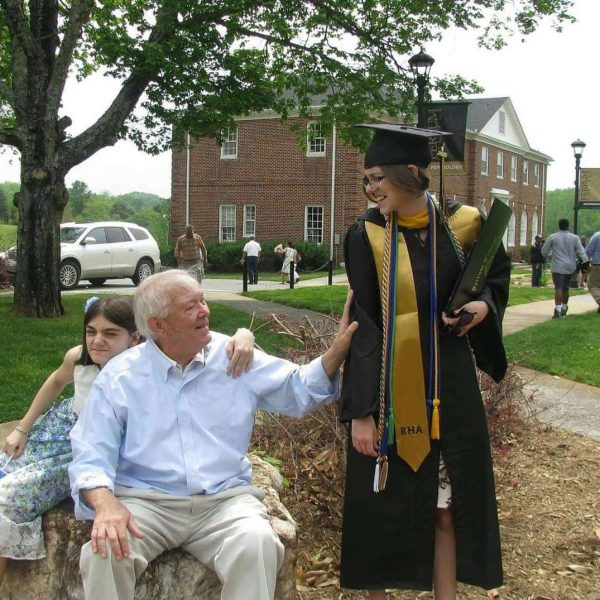
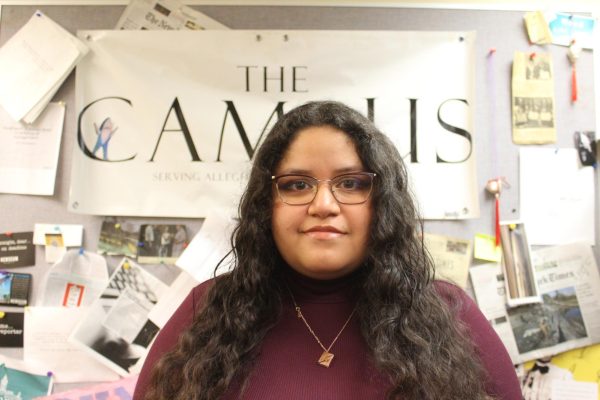
K Schwab • Sep 22, 2022 at 1:49 am
It’s a real shame that ze children vould not komply vit ze programming. Zey vil be happy to participate in time. Yes. In time….